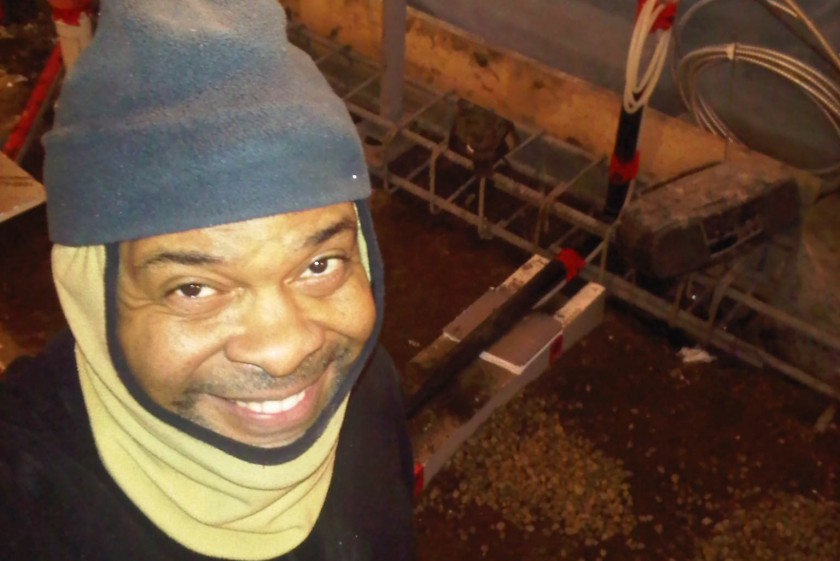
Delayed until next week the follow up from part 3 – “How might we bring elements of comfort and luxury back to the architecture of survival and necessity? In other words, how might we raise the level of conscious art/process into the seemingly mundane world of necessity inhabited by the majority? Should we? Could we?”
In the meantime something relevant that happened this week.
A friend of mine was recently laid off from one of the largest architecture and engineering firms in Canada. He is a design architect. The two large Infrastructure projects he had been working on were going into the construction phase and the construction management part of the firm would handle that. So the very large firm who has a lot of retained earnings (a.k.a cash reserves after tax profit) rather than share its wealth with an employee who has made them a lot of money through good design, loyalty and smart work let him go.
The principle here is ‘value people and use things.’ In Toronto, we have the bad habit of using people and valuing things.
There is another example: good financial rewards are not being invested back into good people or good design opportunities that benefit the community or the environment.
Roughly sketched, the process for a design firm may look something like this: the Principals of the design firm set up a holding company which holds the design firm as one of its companies. In order to keep the design fees low the holding company executes a parallel performance agreement with the developer/client. In other words the client will in fact be working with two companies. The holding company takes units in a condominium project for instance. Those units held by the holding company and not the design firm will only have value once the project is substantially completed. The client / developer will pay basic minimal operating expenses and salaries to the design firm. Again, the holding company does not see any money/equity until the project is substantially complete.
Therefore, the holding company owned by the principals of the design firm is legally separate from the design firm now has massive value in the end product due to ownership of some of the units of the project. However the design firm with its employees will show little or no profit.
Allegedly design firms that use this model often lay off staff at the completion of the construction documentation phase until a new project comes their way. The principals of the firms, through the holding company, will rent or sell the units and may put money back into the design firm and staff. However as one might imagine, profit taking (a.k.a greed) is more likely but not always and reinvestment back into the design firm and its employees is probably the exception at the moment.
Designers and architects investing in development is an excellent idea along with understanding principles of finance as well as good contracts in construction and development (the law). We must put ourselves in the ownership groups. We must become developers and builders, large, medium and small. Ultra small if necessary. We must do more of this.
Imagine the possibility of doing beautiful, appropriate and profitable work. That is the goal. So yeah, you may not drive that latest Ferrari but instead you buy a Honda Hybrid and know that you are building beautifully and most of your staff is looking for projects to bring back into your office because you have shared your wealth so you and they can make even more projects and so on. This is just one of many possible outcomes. It works.
The principle I am trying to achieve is this. There are three basic principles called the triple bottom line by others and I agree with them. Before I go ahead with a project: 1) it must address the needs of the community, 2) it must address the health and sustainability of the environment, and 3) it must respect the principle of fair profit, a.k.a., and the corporation. Something for something – design and organizational talent properly remunerated.
The act of valuing people before things I have discovered has allowed me to develop more and better tools to execute better relationships as well as better design processes.
If no one will hire me or if my job is unsatisfying then I need to make my own project(s) that will satisfy me. Meanwhile I continue to try and get hired or receive those satisfying projects from the distributors (bosses, client groups) of those projects. Nevertheless, I can’t rely on those distributors because they are humans and have biases for better or for worse. Often in our culture, it is not about the best and the most capable who receive the work because there has been a negative bias at work.
For me there are no guarantees and doing nothing is not an option.